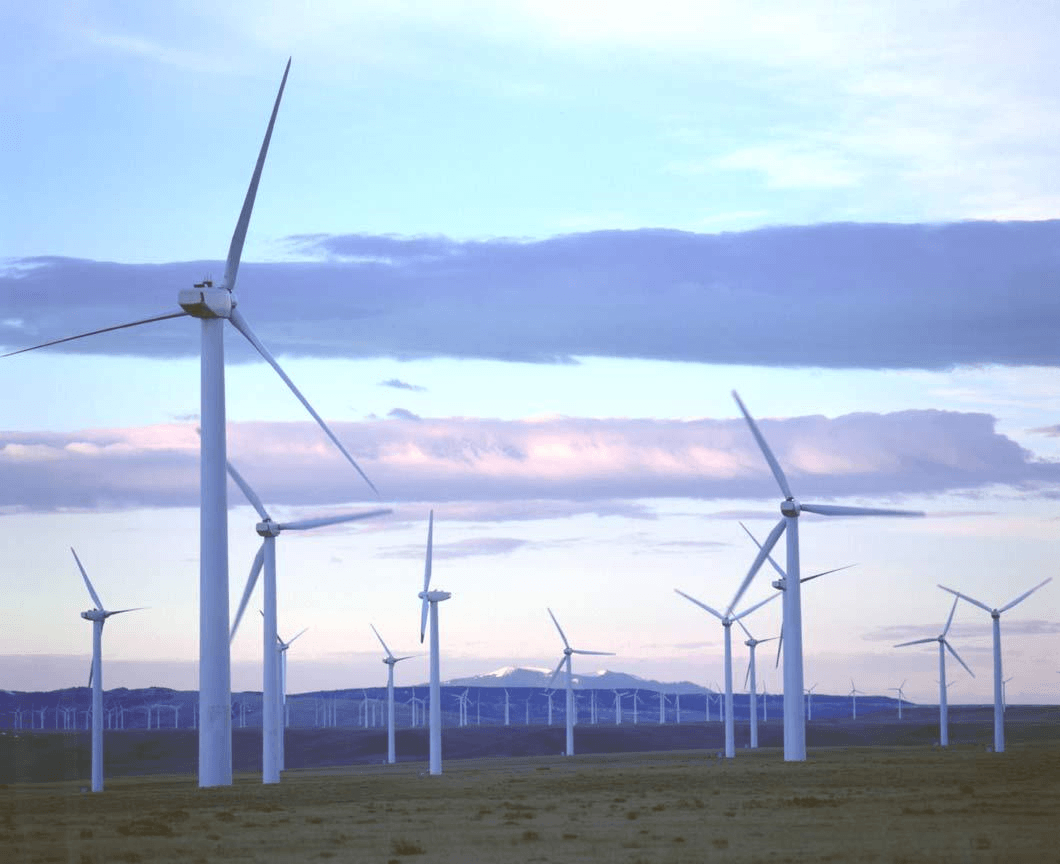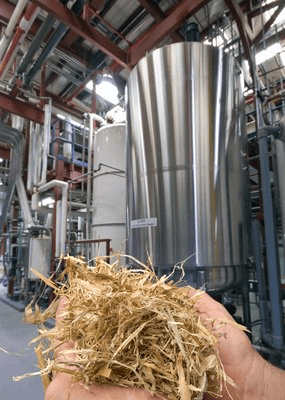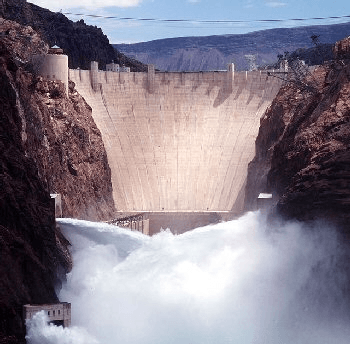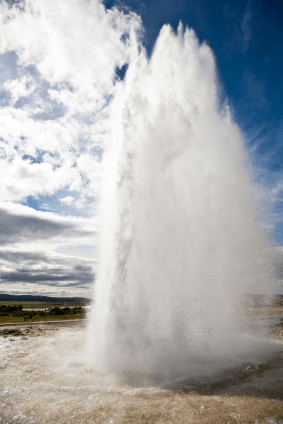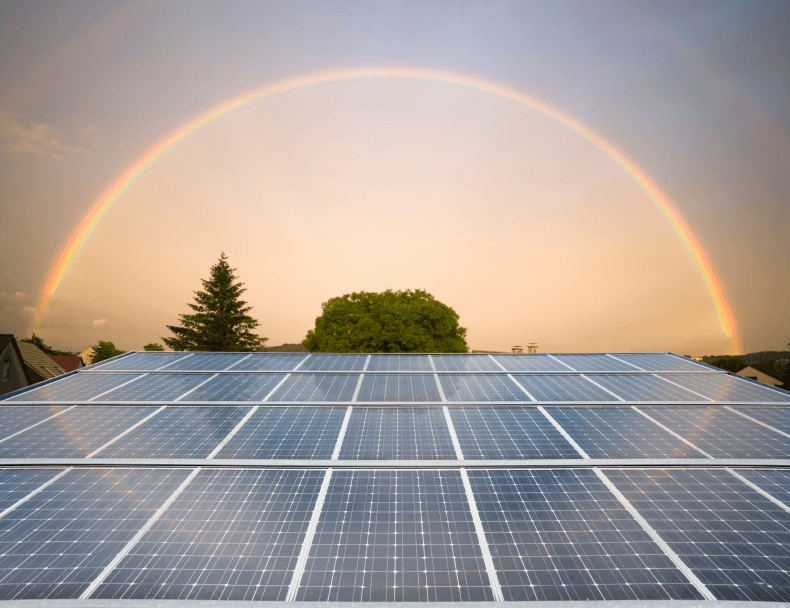What is a Living Lab?
Scientists and engineers around the world use data to describe and to understand the way the world works. We get these data through observation and experimentation. These Living Labs offer students and teachers a chance to practice analyzing data to solve a problem or answer a question, in much the same way that scientists and engineers do every day. For example, can you use the data in the Renewable Energy Living Lab to decide if your school can be powered with solar energy? How close is your house to a recent earthquake? Science is most fun when you work with others, so be inquisitive and share what you learn. And most importantly, remember to have fun!
Renewable energy comes from natural resources such as wind, plant material, water (rain or tides), geothermal, or sunlight and is naturally replenished. The United States right now relies heavily on coal, oil, and natural gas for its energy. These fossil fuels are nonrenewable, which means that the sources will eventually dwindle, becoming too expensive or too environmentally damaging to retrieve. Renewable energy technologies have a much lower environmental impact than conventional energy technologies. Enter the Renewable Energy Living Lab to learn about available energy resources in the United States.
Earthquakes occur nearly every day, and they occur around the world! The U.S. Geological Survey estimates that about 500,000 detectable earthquakes occur in the world each year. Of those, 100,000 can be felt and 100 of them cause damage. Earthquakes occur as a result of geology—when two blocks of the Earth's crust suddenly slip past one another along a fault or fault plane. The release of energy takes the form of seismic waves, sort of like ripples on a pond. The seismic waves shake the Earth as they move through it, and when the waves reach the Earth's surface, they shake the ground—and us! Enter the Earthquakes Living Lab to learn more about where and why earthquakes occur, how scientists and engineers determine where and how big earthquake are, and how engineers design for earthquakes.



